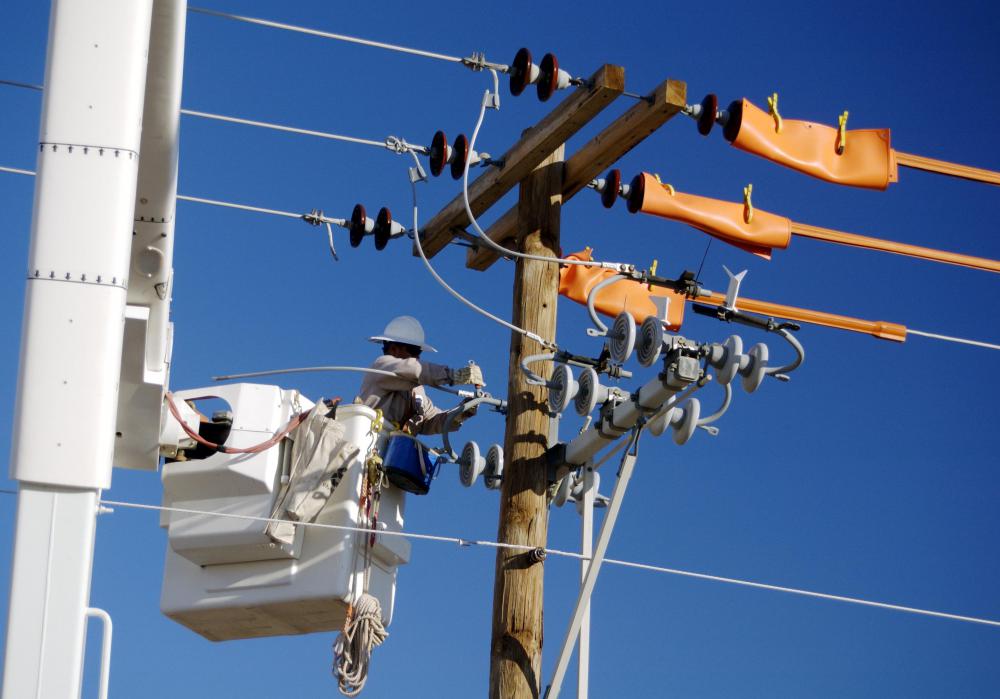At WiseGEEK, we're committed to delivering accurate, trustworthy information. Our expert-authored content is rigorously fact-checked and sourced from credible authorities. Discover how we uphold the highest standards in providing you with reliable knowledge.
What Happens at a Geothermal Plant?
A geothermal plant is a plant that uses the natural energy found within the Earth to make a conversion to electricity, which can then be transported for use in both industries and residence via power lines. While the technology is relatively new, geothermal energy, in one form or another has been used by humans for centuries. As humans continuously search for better and cleaner forms of energy, that produced at geothermal plant locations is likely to become even more pivotal in the future.
The geothermal plant works by transporting heat located underneath the Earth to the surface. Once there, it is channeled to a turbine which is turned creating friction. This friction, in turn, creates electricity. Unlike traditional forms of energy plants, which may produce carbon dioxide or harmful nuclear waste, a geothermal plant produces very little, if any, harmful byproducts. Usually, only steam is produced.

However, doing this can be accomplished in several different ways. There are three basic types of geothermal power plants, each one uses a slightly different process to utilize this geothermal energy. However, while this basic concept may change slightly, depending on the process used, the basic premise remains the same. The process chosen often depends on the location and type of geothermal energy being produced.

The simplest form of geothermal plant is known as a dry steam power plant. This type of plant uses steam that is coming naturally up through a channel and then, in turn, uses that steam to turn the turbine. Any excess steam is then released into the atmosphere, where it becomes water vapor. Some of that remains in the atmosphere and some may fall back to Earth, depending on surface conditions.
Another form of geothermal plant is known as the flash power plant. This type of plant draws up water heated below the Earth's surface and then separates it at the surface into steam and hot water. The steam is then used to rotate the turbine, while the rest is reinserted into the Earth in a close loop type of system.
The other type of system, which has only recently become an option, is known as a binary geothermal system. This system uses geothermally-heated water to heat up another liquid, which is kept separate from the water. This other liquid has a much lower boiling point than water, and thus can be heated at temperatures as low as 150 Fahrenheit (65.5 Celsius). The steam produced from this other liquid activates the turbine. In some cases, a binary plant may be combined with a flash steam plant, making a hybrid geothermal plant.
AS FEATURED ON:
AS FEATURED ON:












Discuss this Article
Post your comments